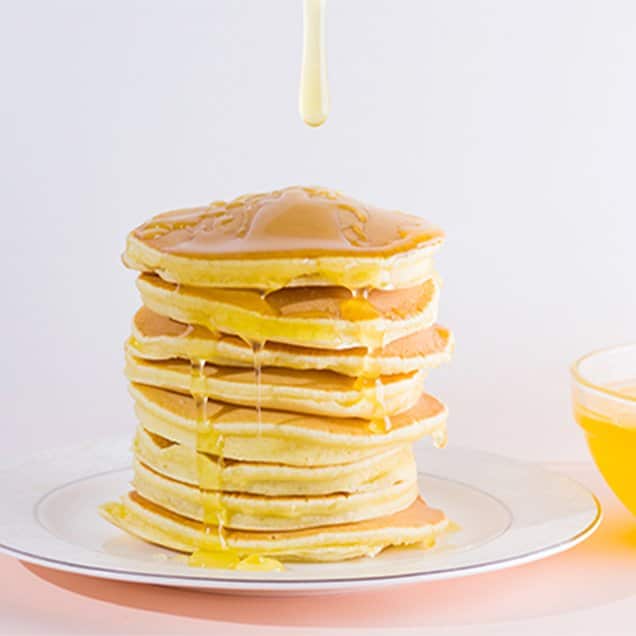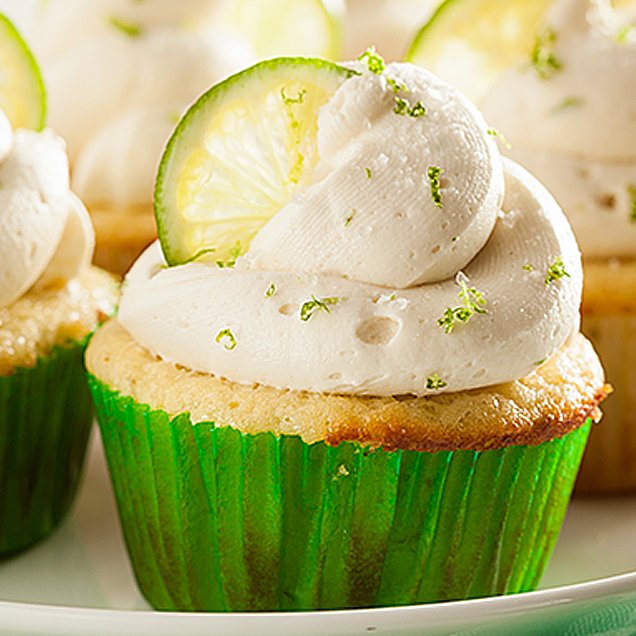
A step-by-step guide for a spring bake sale!

Everyone loves a good bake sale, right? It´s a fun family-friendly activity and a great way to collect money for school, a trip or just as extra income.
Despite how easy it looks to put together, there are so many things that can ruin what should be a fun, successful event.
So, what needs to happen for a bake sale to be successful? Let's take a look.
1. Choose a time and place that gets plenty of traffic
To host your bake sale, ask nearby establishments with high foot traffic, such as supermarkets, hardware stores, and garden centers.
Other places like schools or churches can work as well.
Choose a specific date that works for you and your volunteers, but also consider when members of your community will be available (weekends!).
2. Coordinate the treats and supplies
If you’re collaborating with other bakers, organize a sign-up sheet or send an email to keep track of who's bringing what.
This also goes for things like napkins, gift boxes, trash bags, plastic wrap, paper bags, paper towels and hand sanitizers.
3. Enlist volunteers
You'll need people to help bake, advertise, set up process payments and help with clean-up. Talk to family and community members you think will contribute a lot to your bake sale.
4. Advertise
Try a communication channel that's easy on the wallet: social media! Post teasers and reels that show what you're baking and invite your community to the bake sale, specifying time, place, payment methods, etc.
You can also print a few flyers and posters to put up around your neighborhood in coffee shops, grocery stores, libraries and restaurants.
5. Set prices correctly
You want to sell all your baked goods, but you definitely also want to earn some money. Set reasonable prices, in increments of 25 cents to make change easy.
If needed, you can reduce prices at the end of the sale to make sure you sell all your inventory!
6. Let’s bake!
Do your baking ahead of time! Cookies, brownies, and cupcakes are winners. Try other bite-sized desserts like mini muffins, truffles, and individual pies.
These options are easier to package and sell individually, instead of whole cakes and pies.
As a general rule, make 15-30 of each kind of dessert.
7. Consider allergies or other dietary restrictions
Offering one or two vegan or allergen-friendly desserts is a thoughtful way to ensure everyone can purchase a treat.
8. Offer different payment methods
The best plan is having money transferring apps, and cash and credit card payments. But if you decide to only take cash, consider having a money box with plenty of change available.
If you're taking cards, make sure you have a way to swipe them.
Think about this ahead of time to make your customer’s payment flow smoothly.
Remember that everybody appreciates good customer service. Talk to your volunteers about greeting, thanking and always being polite to your buyers and other people just passing by. Whether they buy or not, it's important to be nice to them.

February baking challenge: Swedish buns

March baking challenge: Chocolate ganache for drip cakes



